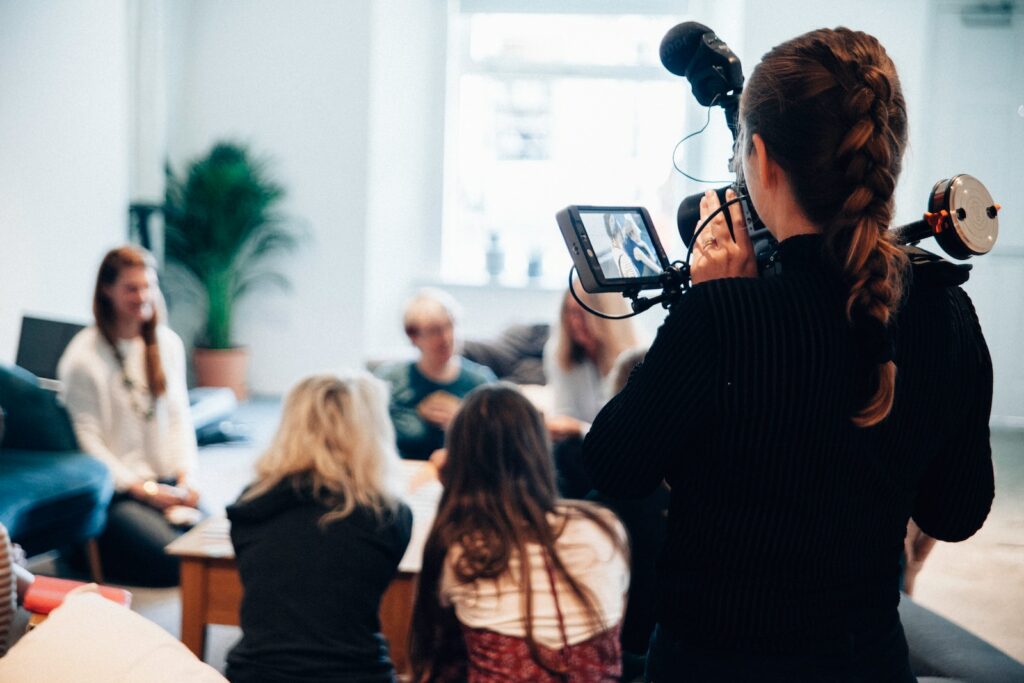The Power of Inspiration: Unlocking the Human Potential Through Imagination & Creativity

The human spirit is an incredible force, capable of transcending boundaries and achieving greatness. At the heart of this remarkable potential lies a single, powerful catalyst: inspiration. This elusive, yet transformative phenomenon has captured the fascination of scientists, artists, and philosophers alike, as they seek to understand its inner workings and harness its power to elevate the human experience.
Recent studies have illuminated the complex neural processes that underpin inspiration and its intimate connection to imagination. In this article, we will delve into the fascinating world of inspiration, exploring its various stages, its impact on creativity and well-being, and the latest scientific findings that shed light on this extraordinary human capacity.
A study published in the journal Social Cognitive and Affective Neuroscience revealed that exposure to uplifting content led to increased levels of empathy and compassion, as well as a stronger connection to others. Furthermore, research conducted by Harvard psychologist Shelley H. Carson found that individuals who regularly experience inspiration are more likely to be open to new experiences and demonstrate higher levels of creativity. In the realm of neuroscience, the discovery of the Default Mode Network (DMN) has been instrumental in understanding the role of daydreaming and introspection in the inspiration process.
As we embark on this enlightening journey through the science and art of inspiration, we invite you to open your mind and allow yourself to be inspired by the incredible power that lies within each of us. Together, we will explore the captivating potential of inspiration to transform our lives, enrich our relationships, and unlock the boundless creativity of the human spirit.

Table of Contents
The neuroscience of inspiration: how the brain reacts to stories that inspire and affect You
The human brain is a fascinating and complex organ, responsible for the inception and processing of every thought, emotion, and action. One of its most captivating qualities is the ability to be inspired, whether it be by an incredible story, an act of kindness, or a beautiful work of art. Our brains are constantly influenced by the world around us, including the media and social platforms we interact with daily. This article delves into the neuroscience of thought, exploring the impact of inspirational stories and bad news on our cognitive processes.
Inspiration is a complex cognitive and emotional process that occurs within the brain. When we are inspired, our brains release a cocktail of chemicals, including dopamine and serotonin. These neurotransmitters are responsible for creating feelings of pleasure and reward, as well as regulating mood and motivation. Research has shown that exposure to inspirational stories and positive messages can lead to increased levels of these chemicals, resulting in heightened creativity, productivity, and well-being.
What is the inspiration we draw from media and social media
In today’s digital age, media outlets and social media platforms play a significant role in our exposure to both inspirational and negative content. According to a 2020 study by Pew Research Center, 86% of US adults consume news from digital sources, including websites, apps, and social media platforms. Furthermore, 72% of adults use at least one social media site, with Facebook being the most popular, followed by YouTube and Instagram.
These platforms are saturated with a plethora of content, both inspiring and disheartening. Research suggests that the average person spends 2 hours and 31 minutes per day on social media, with this number steadily increasing. As a result, our brains are constantly bombarded with information that can significantly impact and influence our emotions, thoughts, and behaviours.
The impact of inspirational stories on the brain
Inspirational stories have the power to activate various regions of the brain, such as the anterior insular cortex and the prefrontal cortex. These areas are responsible for empathy, compassion, and motivation. A 2016 study published in the journal Social Cognitive and Affective Neuroscience found that exposure to uplifting content led to increased levels of empathy and compassion, as well as a stronger connection to others.
Inspiring stories can induce a state known as “elevation.” This emotional response, characterized by a sense of awe and admiration, has been linked to increased levels of oxytocin – the “love hormone” – which fosters trust, bonding, and generosity. As a result, people exposed to inspirational content are more likely to engage in prosocial behaviour and experience an overall sense of well-being.

The brain’s reaction to bad news
On the other hand, the brain’s reaction to negative news is markedly different. When we are exposed to distressing content, our brains release stress hormones, such as cortisol and adrenaline. These chemicals can lead to heightened anxiety, fear, and a sense of helplessness. Studies have shown that constant exposure to negative news can lead to increased stress levels and even contribute to mental health issues, such as depression and anxiety disorders.
Moreover, bad news can trigger a phenomenon known as “learned helplessness.” When individuals are repeatedly exposed to negative events, they may start to believe they have no control over their circumstances, leading to feelings of hopelessness and despair.
The neuroscience of inspiration reveals the profound impact that stories and messages can have on our thoughts, emotions, and actions. While inspirational content can elevate our mood, foster creativity, and promote prosocial behaviour, exposure to negative news can lead to increased stress and feelings of helplessness. As media consumers, we must be mindful of the negative influence on our mental health.

Why is inspiration important in life?
Psychology and neuroscience stand at the forefront of unravelling the intricate tapestry of human behaviour, driven by four guiding objectives: to describe, explain, predict, and control. The annals of these disciplines overflow with detailed accounts and profound explanations of human cognition, emotion, and behaviour. Yet, when faced with the desire to evoke laughter or tears, would we turn to a psychological scientist or, perhaps, a masterful screenwriter or movie producer?
For generations, the enchanting world of entertainment media – encompassing film, television, books, and music – has held a powerful sway over our thoughts and emotions, outpacing the social sciences in their ability to predict and control our innermost experiences.
Awakening to the captivating power of media, neuroscientists have increasingly harnessed these creative expressions as stimuli in human neuroimaging research, where they have come to be known as “naturalistic tasks.” The embrace of media stimuli, particularly audio and audio-visual narratives, has ignited a dazzling array of discoveries within the realm of neuroscience, shedding new light on the enigmatic processes that govern memory and other facets of the human mind.
One of the most significant benefits of feeling inspired is the ability to unlock our creative potential. When we are inspired, our minds become open to new ideas and possibilities, allowing us to think outside the box and approach challenges with fresh perspectives. This can lead to the development of innovative solutions, artistic creations, or even ground-breaking scientific discoveries.
Inspiration can also have a profound impact on our productivity levels. When we feel inspired, we are more likely to set and work towards meaningful goals, stay focused, and maintain a positive attitude in the face of setbacks. This heightened motivation can lead to increased output and a greater sense of accomplishment in both our personal and professional lives.
Share your journey and inspire the world – submit your story for a chance to be featured in Rich Woman Magazine!




